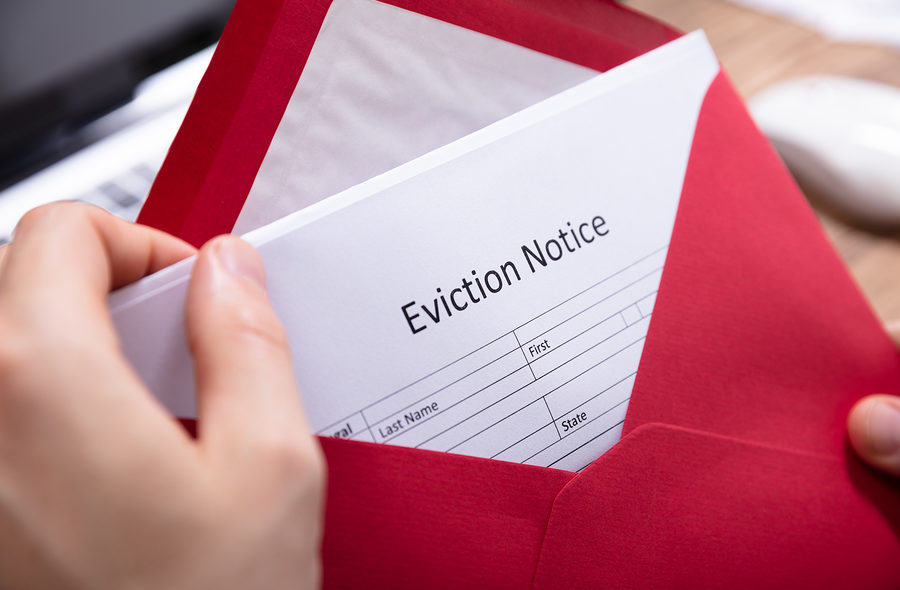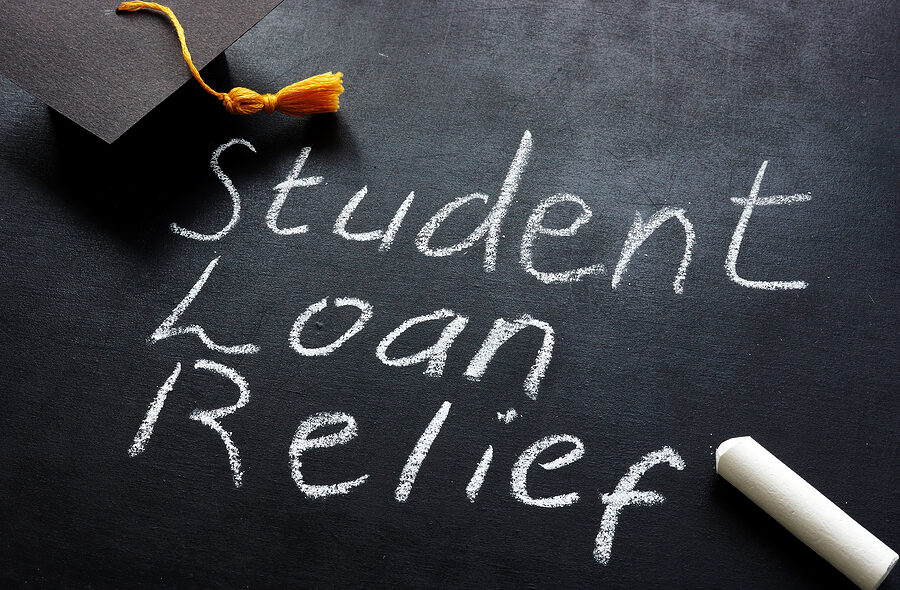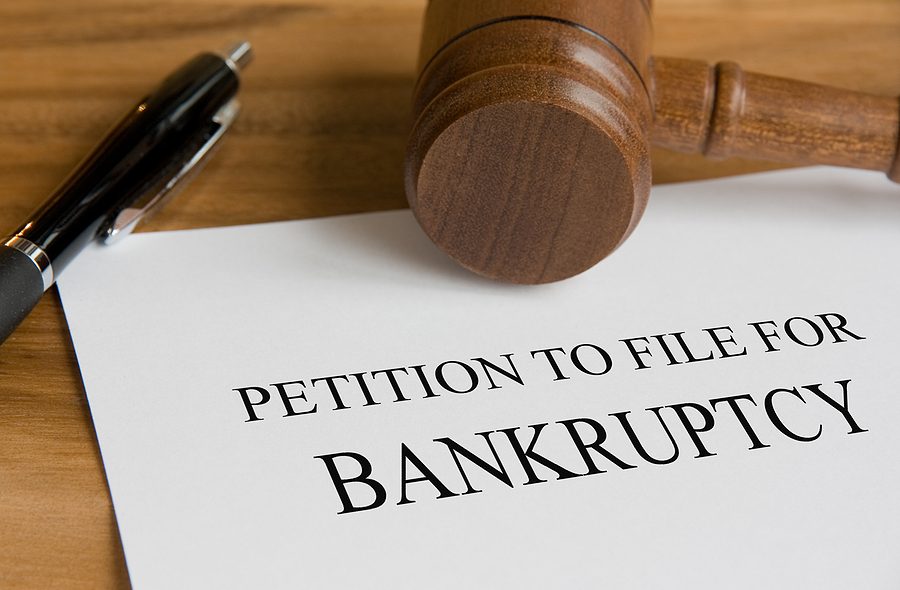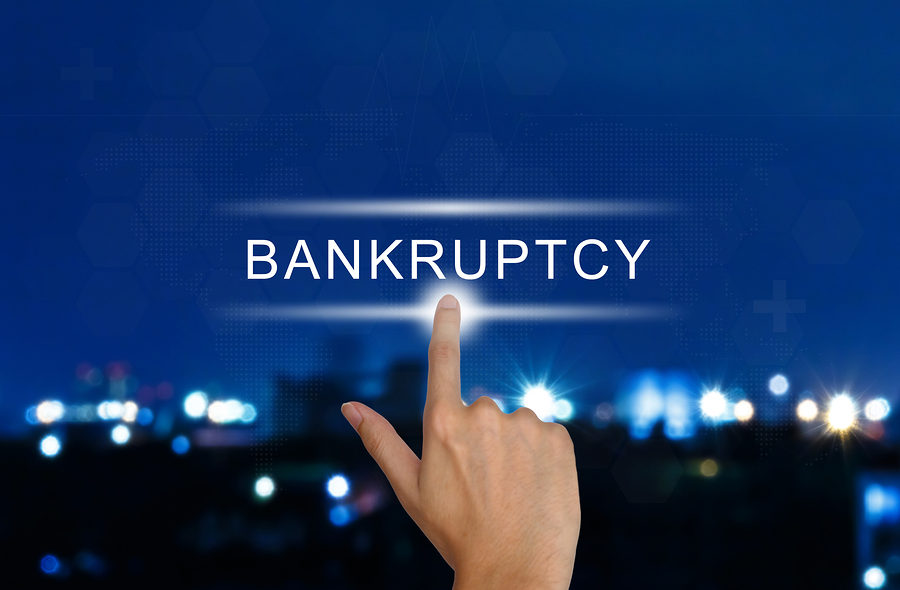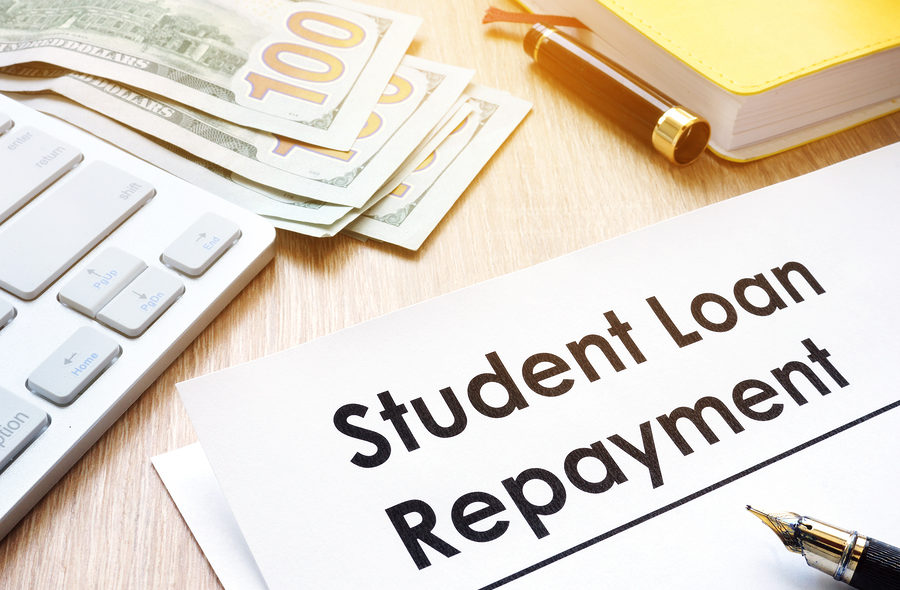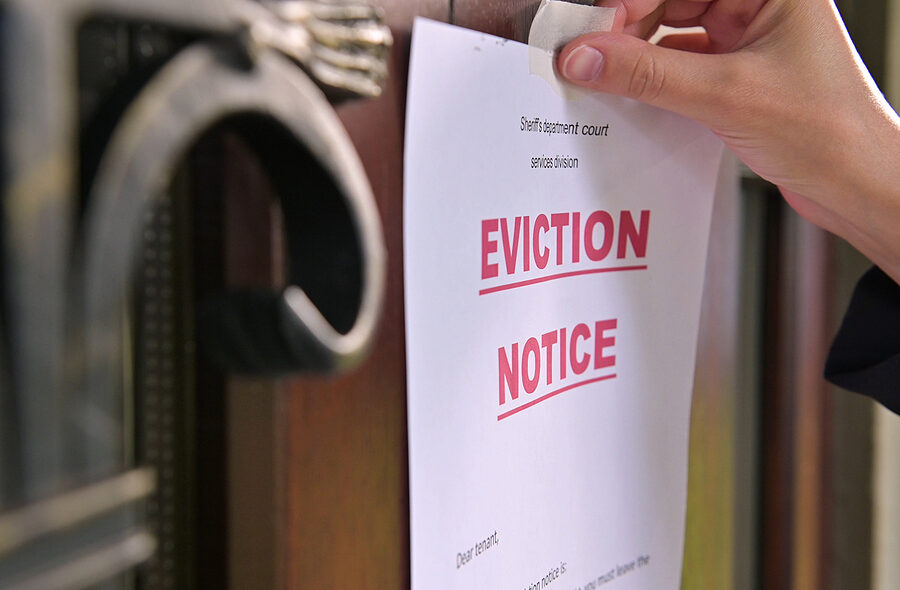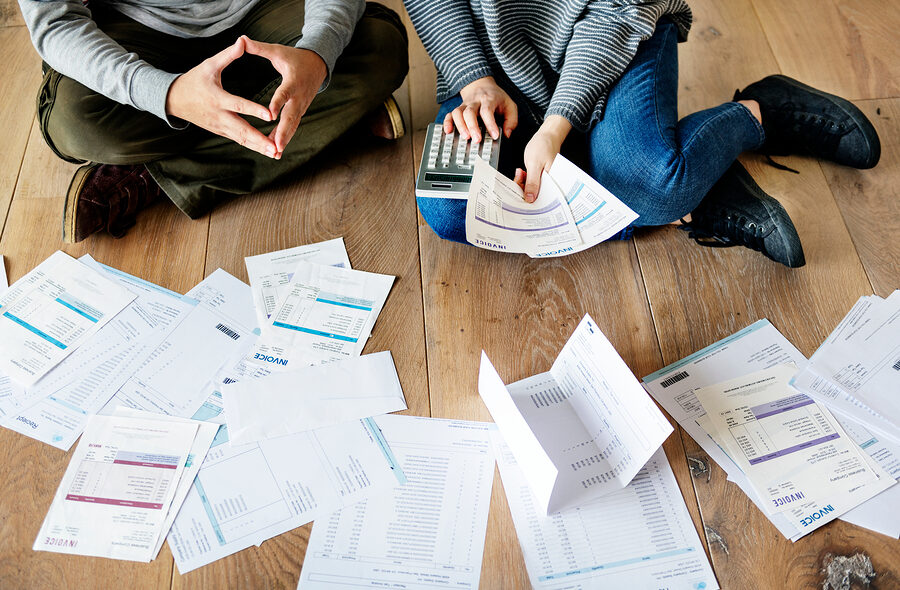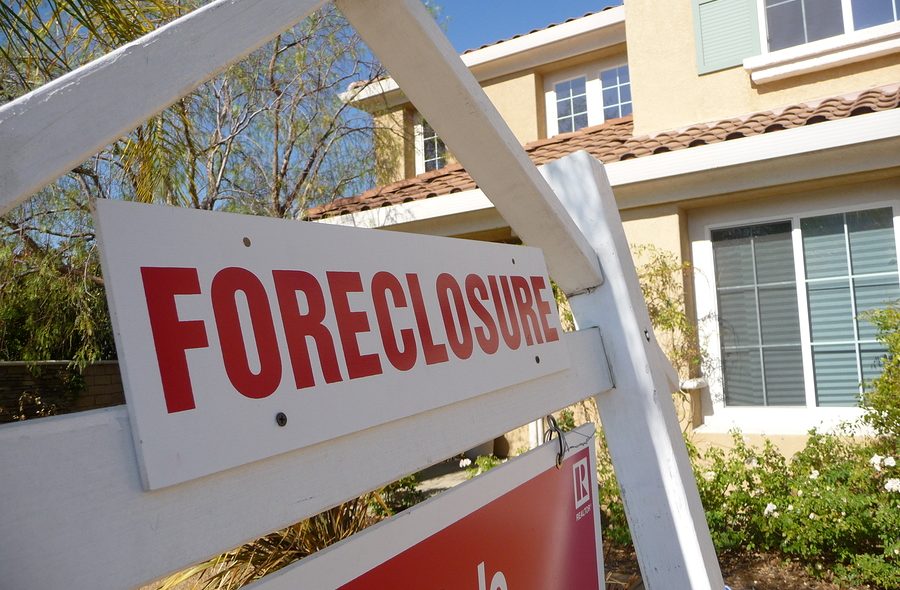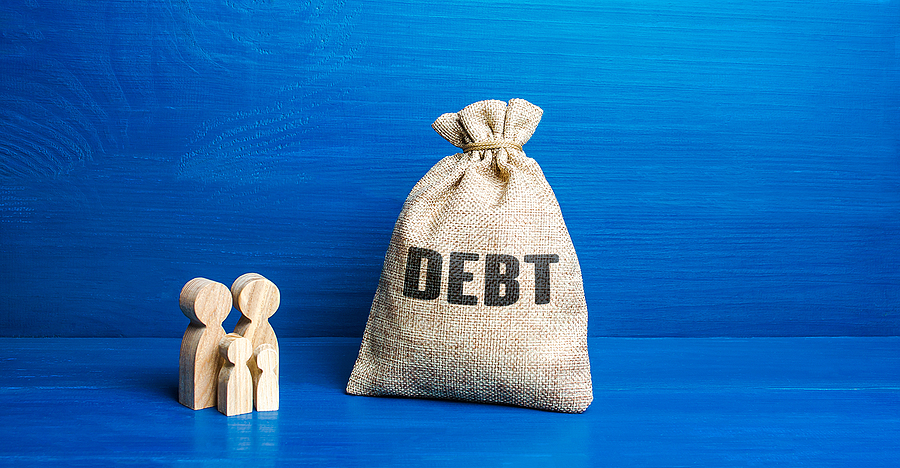The U.S. Supreme Court ended the pandemic-related federal moratorium on residential evictions imposed by President Biden’s administration. This eight-page decision effectively ends a debate that has divided party lines for months now during the COVID-19 pandemic. The ruling came down in a 6-3 decision, the court similarly divided along party and ideological lines.
The eviction moratorium was declared by Congress at the start of the pandemic. However, Congress’s moratorium expired in July 2020. The CDC then extended it by issuing a series of moratoriums under a 1944 law. The moratorium has consistently been extended, giving tenants and homeowners an opportunity to remain in their homes.
Landlords have consistently fought the moratorium, arguing that the longer it has been extended, the more they have suffered financially without any legal recourse.
The majority opinion stated that they believe the Centers for Disease Control and Prevention (CDC) exceeded their authority. They claim the CDC has relied on a statute that is decades-old that authorizes the CDC to implement emergency measures, such as fumigation and pest extermination, not a nationwide months-long moratorium on evictions.

